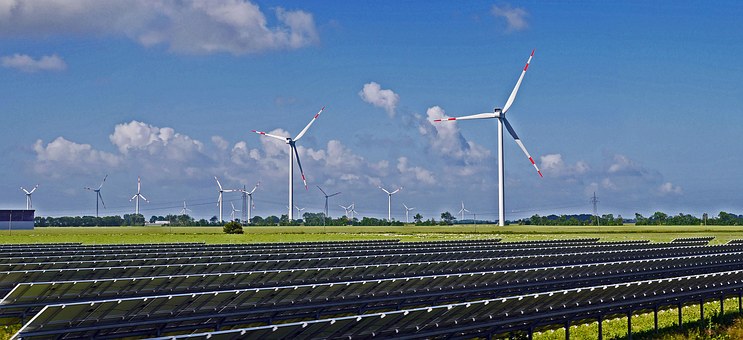California Commission Adopts Plan to Add Over 25 Gigawatts of Renewables by 2032

The California Public Utilities Commission on Feb. 10 approved an integrated resource plan to ensure the reliability of the electric grid and reduce greenhouse gas emissions. The agency adopted an emissions reduction goal for the state’s electric sector of 35 million metric tons in 2032, nearly 25 percent lower than the previous target of 46 million metric tons.
The plan adopts a preferred resource portfolio of 25.5 gigawatts of new renewables and 15 gigawatts of storage and response resources by 2032. Compared to the plan adopted in 2019, this one includes more solar and battery storage, long-duration storage, as well as wind resources offshore and out of state. The plan is expected to achieve a 73 percent renewable portfolio standard by 2032, along with an 86 percent emission-free resource.
The commission’s preliminary analysis shows there is space for new resources on the present transmission system with a limited grid upgrade required by 2032. The finding will also be confirmed by the California Independent System Operator in its 2022-2023 transmission planning process.
The integrated resource planning is a multi-year process and as part of the first half of the planning cycle, in which load-serving entities were provided with a framework for selecting the optimal electricity sources to meet their emissions, reliability, and cost objectives. The second half of the cycle is intended to concentrate on the action plans and portfolios that each load-serving entity proposes to meet these objectives. The process allows the commission to review each plan to develop a preferred system plan portfolio and determine if further state goals can be attained with additional procurements.
The latest preferred system plan completes the second half of the 2019-21 cycle. The next round of resource planning will again focus on the analysis of load-serving entities’ individual plans due in November 2022, including plans to acquire the 11,500 megawatts of capacity deemed necessary for mid-term reliability in a June 2021 decision.
California is seeking to achieve carbon-free power by 2045 and 80 percent emission cuts from 1990 levels by 2050.
EnerKnol Pulses like this one are powered by the EnerKnol Platform—the first comprehensive database for real-time energy policy tracking. Sign up for a free trial below for access to key regulatory data and deep industry insights across the energy spectrum.
ACCESS FREE TRIAL